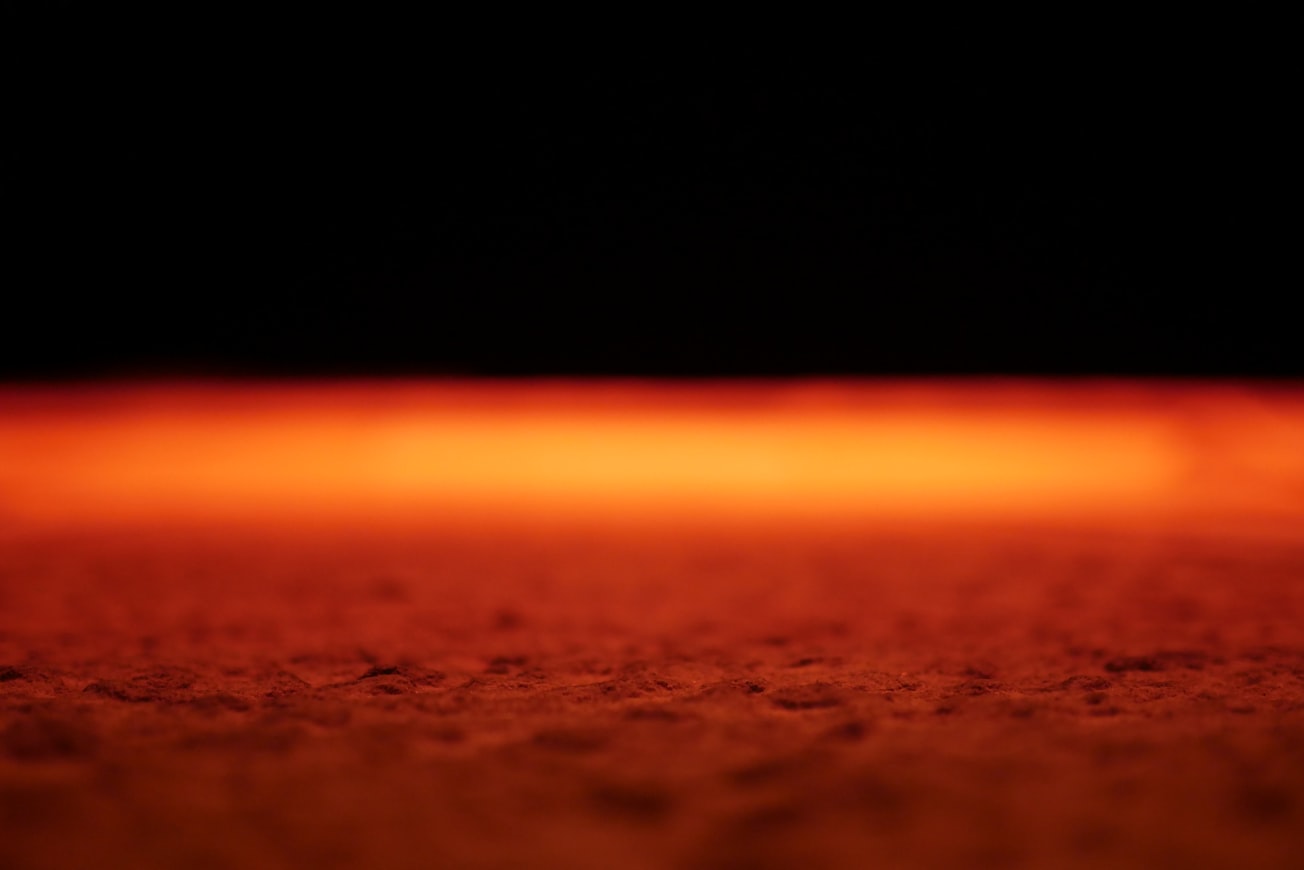What is it about?
Clouds often form in the Earth's atmosphere from condensing water vapor. Condensation of vapor in a cloud heats the surrounding air and can enable it rise relative to the surrounding air, like the ascent of a hot air balloon. The ascent of air in strong thunderstorms can be extremely violent and mix air through the moist atmospheric layer where most weather happens into the drier layer above it. Recently, it has been demonstrated that similar mixing is taking place in Mars's atmosphere. This study describes the thunderstorm-like weather systems powered by solar-heated dust that are responsible for this transport and how they manifest in various kinds of Martian dust storms.
Featured Image

Photo by Christian Lischka on Unsplash
Why is it important?
First, this study provides unprecedented observational information about a significant meteorological phenomenon in Mars's atmosphere, including useful constraints for atmospheric modeling. Second, the transport of dust and water above 50 km altitude that these dust-powered thunderstorm-like weather systems produce is implicated in enhanced hydrogen escape from Mars during southern summer as well as regional and global dust storm activity. Thus, better understanding this phenomenon may be helpful for understanding water loss from Mars for however long Mars has had a thin atmosphere and active dust cycle.
Perspectives
I have been thinking about how to write this paper for nine years, ever since I finished writing my Ph.D. thesis. Finishing it is deeply meaningful to me personally. One objective of writing this paper stems from my own metastable position in science; I really wanted to write a paper that, if I left science tomorrow, I could consider a major scientific contribution and my career as a scientist worth the external and internal investment I have put into it. Another objective was to integrate the intellectual work of colleagues/collaborators/competitors in Martian meteorology into something coherent and beautiful and present it to the rest of the meteorological community. And a final objective was to create something I could discuss with Earth meteorologists and ask, "Where should I/we go next?"
Nicholas Heavens
Hampton University
Read the Original
This page is a summary of: An Observational Overview of Dusty Deep Convection in Martian Dust Storms, Journal of the Atmospheric Sciences, November 2019, American Meteorological Society,
DOI: 10.1175/jas-d-19-0042.1.
You can read the full text:
Resources
Contributors
The following have contributed to this page










